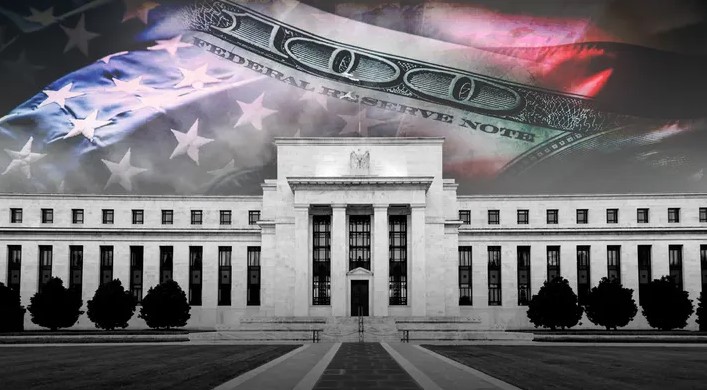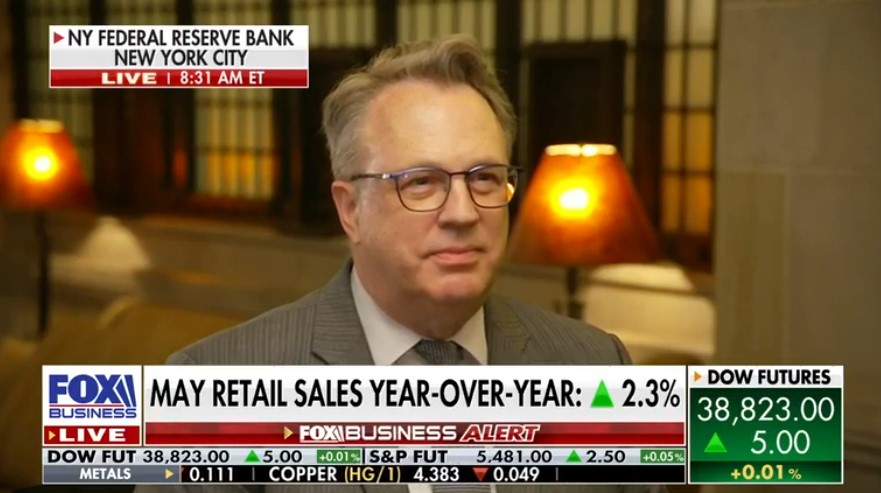New York Fed’s John Williams said the bank will “ignore politics” and “rely on data” to make interest rate decisions Following the Fed’s latest meeting and interest rate decision, the New York Fed president and CEO discussed when interest rate cuts might come and what the November election means for the U.S. economy. “Our decision will depend on the data. It could really depend on how we view the economy and how we view the inflation data,” New York Fed’s John Williams told FOX Business’ Edward Lawrence in an exclusive interview on Tuesday.

“So the answer is, it depends. But I think things are moving in the right direction.” The Fed left interest rates unchanged for the seventh consecutive day last week, suggesting that there will be only one rate cut this year. In a statement after the meeting, policymakers left the door open for a rate cut but stressed that “further confidence” in falling inflation is needed to reduce borrowing costs.
Elon Musk’s payday, Apple A.I., and the key to Fed rate cut “I’ve been at the Fed for nearly 30 years, and throughout that time I’ve seen my colleagues truly focus on their work, do the best analysis they can, and make the best decisions for the U.S. economy,” Williams said. “We just have to stick to it and ignore politics and everything else. We need to focus on getting the job done. That’s what we have to do to be successful.” He added, “We expect interest rates to gradually decline over the next few years, reflecting that inflation is returning to our 2% target and that the economy is on a very strong and sustainable trajectory.”

In new quarterly economic forecasts released after the meeting, a majority of participating Fed officials now expect interest rates to fall to just 5.1% by the end of 2024. That suggests just one quarter-point rate cut this year, a sharp reversal from the three cuts they expected in March. Williams also commented on how the economic environment is impacting housing affordability, noting that inflation data and inflation rates have “ups and downs.” “Incomes are going up. That’s part of the affordability picture for people who can buy or rent a home,” the president and CEO said. “The No. 1 challenge is making sure we get inflation back to 2 percent. Of course, high inflation is painful for everybody… and I think that will help address the affordability and mortgage rate issues.”




